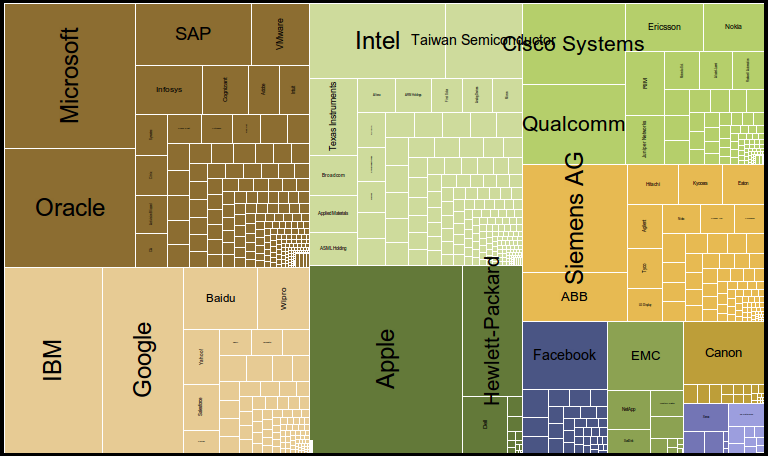Looking at the electronics available in south Asia has really opened my eyes. This experience is just not available in the USA.
There are some products, such as some knock off iPods that I saw that I wasn’t sure could even be made for the price that the vendor was selling them. I had a hard time believing that a USB cable, headphones, 2GB flash, as part of a small 2-color screen mp3 player with speakers could even be made for the equivalent of US$10. I figured it was pretty close, but then when you factor in transport costs and the vendor’s time that it would need to be sold for more. I’m sure the quality is horrendous, however, here is a device which can play mp3s for $10! Perhaps I’m overestimating costs and this thing can be made for significantly less than $10.
Where to shop
I shopped at the Golden Computer Arcade in Hong Kong which was awesome. Literally a thousand vendors are cramped into three (?) stories of this building with components stacked on top of boxes or in buckets. There are people assembling computers on top of the boxes in which they came. There was almost no wasted space. Fortunately, I am not claustrophobic. In addition, the prices were right and I didn’t even haggle much. I did not spend a lot of money and bought mostly curiosities including a SIM card reader/writer, some antennas and a USB dongle that can connect to pirate TV channels worldwide. In this mall, you can buy just about anything from off-brand photography equipment to specialized digital controllers.
In Singapore, I went to Sim Lim Square and the Digitalife Mall. Both places were fairly similar six or so story indoor malls focusing almost entirely on electronics. There were so many vendors that you could spend an entire day at each and not see everything, but for the most part they sold the same things at roughly the same prices. The top couple stories of Sim Lim Square were most interesting because the prices were more reasonable and they weren’t just selling 5000 different iPhone4 covers or other off-the-shelf products. A lot of the products in these two Singaporean malls were the same things I saw in Hong Kong but for about 2-2.5x more. Name brand products had the same prices as online.
Where this stuff comes from
So if Hong Kong and Singapore had a lot of the same off-brand products, where do they come from? It seems to me that a lot of these businesses in Hong Kong and Singapore are small import-export businesses getting components probably from China. I really wanted to go see the markets in Shenzhen, but I wasn’t able to make it. I’ve heard of markets where literally buckets of most mobile chipsets are sold and you can get custom made components if you’re willing to wait and pay for it.
This is a woman assembling some components for sale in the back of her store in Singapore.

